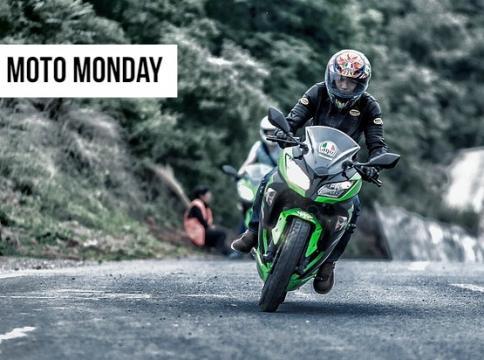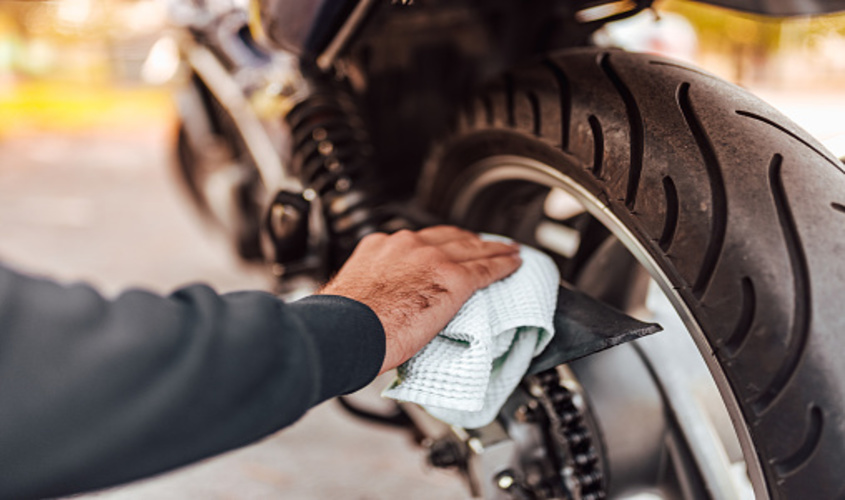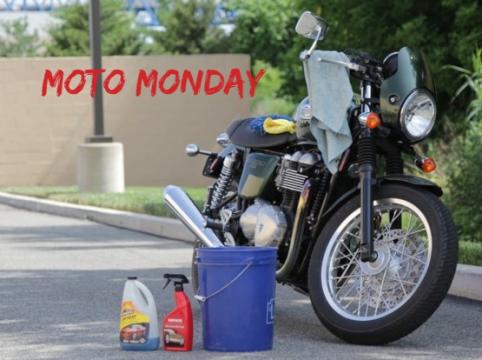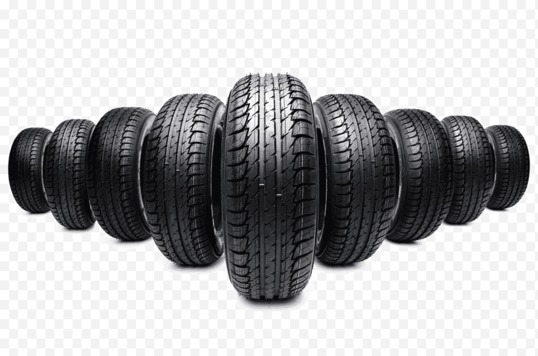
TIPS TO HANDLE COLD STARTING OF BIKE | REVIEWS NEPAL
"Its that time of the year!"
It is that time of the year when our riders are waiting for the monsoon to end. We can also say that it is riding the season of the year. For many, the serene pleasure of traveling in the cold is a delight but, to be honest, this has its own set of challenges that comes with it. Today, managing cold problems is something that every rider handles according to how relaxed they are. The mechanical difficulties that arise with the bike, on the other hand, are normal for all. So here's our detailed list to tackle the cold engine's threat, a quick start.
1. Try to kickstart
The unfortunate thing about this is that most new bikes are introduced without the possibility of a kick start. The part where the rider can not get his engine started because the battery juices are not up for it, as much as I admire the idea of reducing the rider's commitment to getting the bike running. Draining on the battery will get a bike started with electricity, particularly in cases of repeated failed attempts. A kick start comes in handy here. It is advised that the bike should be kick-started for optimal output at each interval of starting a bike, where the stopping time is over 6 hours. This assures battery and engine endurance as well. Too bad for bikes without a kick-starter, but this is your go-to choice for all the others.
2.Choke Supplying

For bikes with electronic fuel injection, this is not applicable. Make use of the small lever elsewhere on the bike for anyone else. Refer to the handbook you got with the bike at the time of delivery for the precise position depending on the model. Only pull the level to 'Up' and start the bike if you do not know how to use a choke. The bike will start or start quickly with normal revs and then change to high revs at idle. It is also advised not to hold the choke on while the bike is off and stationary, because fuel can flood the engine block.
3. Flow the fuel in the engine
Vehicles require liquids to work as a human body-their the most critical resource being petrol. It's not enough to get the bike running, particularly when it's cold, although most bikes have some fuel left over in the carburetor. For this, what you need to do is turn the gas knob from "Off" to "On" or "RES," which, if you are running low on gasoline, stands for reserve. Now, let the gasoline, which should not take longer than a few seconds, flow into the engine.
4. Moving the Motorcycle

Both the liquids appear to pool at the bottom of the crankcase, making the top portion of the gears dry if a motorcycle has been sitting idle for a long time. It should be enough to drive the bike through your parking lot or your garage. This effectively helps the gears to be lubricated with oils and eliminates the likelihood that the bike will operate with the least amount of oil.
5. Ensure the motorcycle is in operating condition
You need to have lots of petrol and a battery that is well-charged. Keeping the motorcycle properly serviced, especially in damp or cold conditions, is crucial. Fit new spark plugs, or clean the old ones, if not worn, and void. Check the timing of the ignition and change it if necessary; replace the ignition points if installed. A carburetor and clean service is also a nice idea. If they look rusty, worn, or frayed, replace the spark plug leads. Check for the guide in your motorcycle's handbook using only manufacturer-recommended spark plugs and plug leads.
Also Read:
USEFUL WASHING MACHINE CARE TIPS FOR SMOOTH PERFORMANCE













